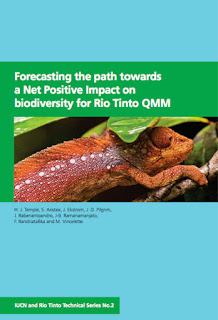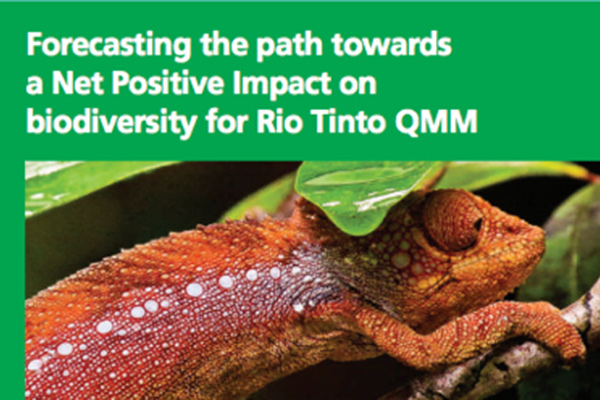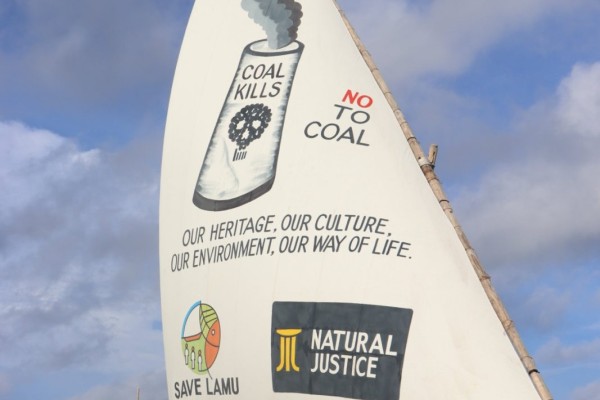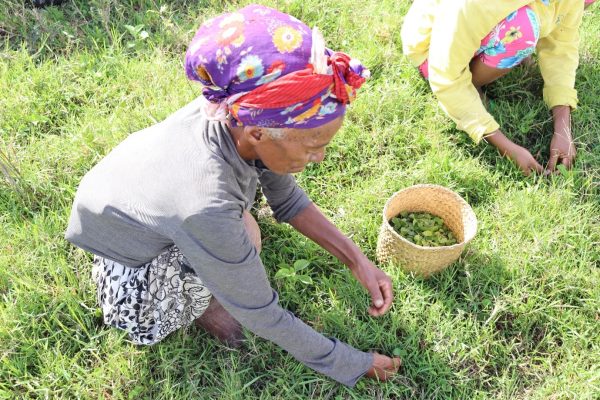 A fascinating partnership between the International Union for Conservation of Nature (IUCN), the world’s largest environmental organisation, and Rio Tinto, one of the world’s largest mining groups, has produced its first report on the net impact on biodiversity of a Rio Tinto ilmenite mine in southeastern Madagascar. The report is a product of IUCN’s effort to track Rio Tinto’s progress to meeting its commitment to a Net Positive Impact (NPI) on biodiversity, an initiative launched at the 2004 IUCN World Conservation Congress.
A fascinating partnership between the International Union for Conservation of Nature (IUCN), the world’s largest environmental organisation, and Rio Tinto, one of the world’s largest mining groups, has produced its first report on the net impact on biodiversity of a Rio Tinto ilmenite mine in southeastern Madagascar. The report is a product of IUCN’s effort to track Rio Tinto’s progress to meeting its commitment to a Net Positive Impact (NPI) on biodiversity, an initiative launched at the 2004 IUCN World Conservation Congress.The study seeks to measure Rio Tinto’s ilmenite mine as a pilot to test the tools designed to achieve and quantify NPI on biodiversity. Rio Tinto is using four different conservation actions to minimise the impact on biodiversity; avoidance, minimisation, rehabilitation and restoration, and biodiversity offsets. In the present analysis, biodiversity losses and gains were measured and forecast for the period 2004–2065 (i.e. from the date of the NPI commitment to the anticipated date of mine closure) in order to determine whether the mitigation activities are sufficient to achieve NPI by closure. The overall analysis shows that the mine “could be on track to achieve a Net Positive Impact on biodiversity by the date of closure of the mine” subject to key reservations.






